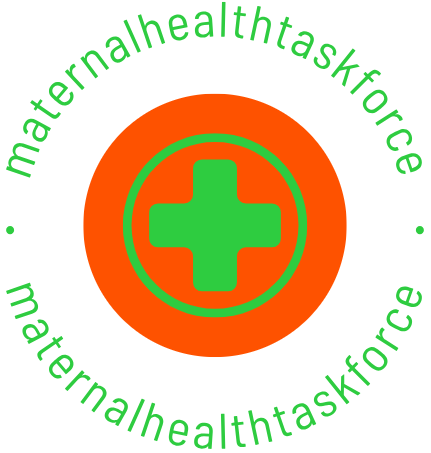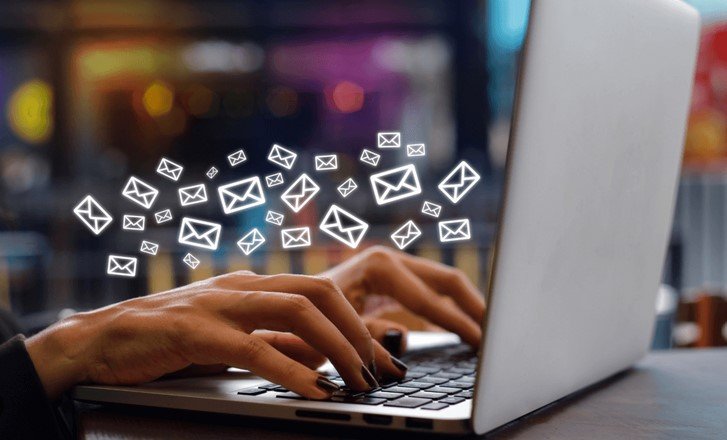Effective email communication is essential in today’s fast-paced digital world. As we rely heavily on email for professional and personal interactions, mastering this skill can enhance clarity, prevent misunderstandings, and foster positive relationships. Understanding how to communicate effectively via email can make a significant difference in your overall communication strategy.

Importance of Clear Subject Lines
The subject line serves as the first impression of your email. A clear and concise subject line helps recipients understand the email’s purpose immediately. Use keywords that summarize the email’s content and encourage the recipient to open it. For example, instead of a vague subject like “Update,” consider a more specific one, such as “Project Status Update: Q3 Results.” This clarity sets the tone for effective email communication.
Keep Your Message Concise
When crafting your email, strive for brevity. Busy professionals often skim through emails, so get straight to the point. Begin with a brief greeting and then clearly state your purpose within the first few sentences. Use short paragraphs and bullet points to break up text and enhance readability. This strategy ensures that recipients grasp your message quickly and can respond efficiently.
Use a Professional Tone
Maintaining a professional tone in your emails is crucial, especially in a work environment. Choose words that convey respect and professionalism. Avoid slang, overly casual language, or emoticons unless you know the recipient well. Additionally, using polite phrases such as “please” and “thank you” can create a positive tone and encourage constructive communication.
Personalize Your Emails
Personalization enhances engagement and makes recipients feel valued. Start with a personalized greeting, such as using the recipient’s name. If appropriate, reference previous conversations or shared experiences. This approach not only demonstrates attentiveness but also fosters a sense of connection, making it easier to establish rapport.
Structure Your Emails Effectively
Organizing your email logically aids comprehension. Begin with an introduction, followed by the main points, and conclude with a clear call to action or summary. If you have multiple points to address, consider using headings or bullet points to separate them. This structure helps recipients navigate your message easily, leading to more effective email communication.
Proofread Before Sending
Before hitting the send button, always proofread your email. Spelling and grammatical errors can undermine your professionalism and distract from your message. Take a moment to review your content for clarity and tone. Reading your email aloud can help identify awkward phrasing or unclear sections, ensuring that your message is polished and effective.
Utilize Appropriate Sign-offs
Your email sign-off leaves a lasting impression. Choose a sign-off that matches the email’s tone and your relationship with the recipient. Formal options like “Sincerely” or “Best regards” work well in professional settings, while more casual options like “Cheers” may be appropriate for familiar contacts. A thoughtful sign-off reinforces your professionalism and helps maintain a positive tone.
Know When to Use Email
Not every situation calls for email communication. Recognize when a phone call, video chat, or in-person meeting might be more effective. If the topic is sensitive or complex, consider using these alternatives to avoid misunderstandings. Being mindful of the communication medium enhances overall effectiveness and strengthens relationships.
Encourage Feedback and Responses
To foster open communication, invite feedback or questions in your emails. Phrases like “Please let me know your thoughts” or “I look forward to hearing from you” encourage recipients to engage with your message. This strategy not only promotes collaboration but also helps you gauge understanding and clarity.
Conclusion
Mastering efficient email communication can significantly improve your interactions, both professionally and personally. By focusing on clear subject lines, concise messages, professional tone, and personalization, you enhance your chances of achieving successful communication outcomes. Remember to structure your emails well, proofread them, and choose the right sign-offs. With these strategies in place, you can navigate the digital communication landscape confidently and effectively.











